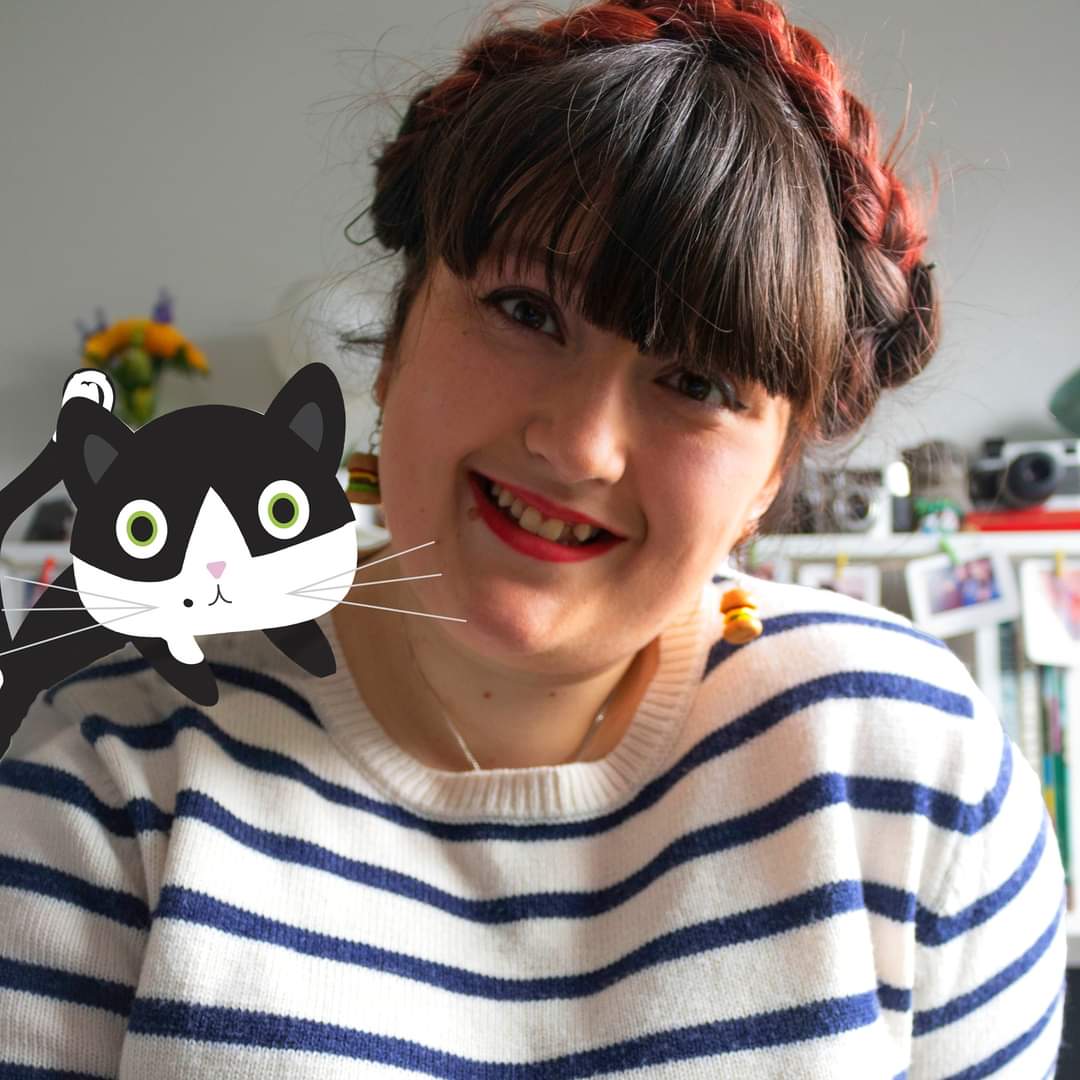My Accessible Design Journey
- Libby Arnold

- Mar 20, 2024
- 4 min read
Updated: Apr 5, 2024

I didn't initially start out as an accessible designer. When I first started graphic design (in 2015), I wanted nothing more than to be a package designer (a small part of me still does). I wanted to move to South Korea and work in agencies over there creating bold, funky packaging. So what happened between then and now? quite a lot, actually.
When I finished TAFE, I worked for a year as an in-house designer for a toy store, which was so much fun! I designed billboards, newspaper ads, and magazine ads and even had the chance to rebrand the whole store (which was massive for a junior designer). During this time, I discovered that I really loved designing for children. The bright colours, cute illustrations and bubbly fonts were right up my alley, and little did I know I had found my niche. Although I had fun designing playful content, I wanted more. Which lead me to Uni!
University was the dream for me. I had wanted to study Visual Communication Design since High School and was so excited that I finally got to do it. In 2018, I started my degree at UON, but I struggled... BIG time. I found theory to be challenging because of my dyslexia and started to question why I was even doing uni. After researching how other dyslexic uni students managed it all, I started to change my perspective. This then led to me going rabbit holes and finally accepting the fact that I was dyslexic. You're probably wondering, that's great, Lib, but how does this relate to your design journey? I'm getting there!
Up until 2018, accessible design wasn't on my radar. I had never heard of it, and I certainly never thought of the impact my work had on people's understanding. Until I experienced what I like to refer to as a series of inaccessible events. It started off with a simple assignment in the second semester of the first year. Wayne Thompson gave us an assignment in the Typography course where we had to create a font that solved a problem. And I remember thinking 'how does a font solve a problem?'. While I was researching what to do, I noticed someone looking at dyslexic fonts, and I was intrigued. I then spent way too long going down that rabbit hole. I wasn't trying to steal someone's idea, I had just never heard of dyslexic fonts and wanted to know more and this is where the spark between me and accessibility started.

The next inaccessible event occurred in 2019, when my best mate and I were sharing designs that we were working on and giving each other feedback. You see, I forgot that my mate is colour-blind. To be honest, I didn't really think about it. It wasn't till he said 'Lib, I can't read that' that I realised my designs had issues. He gave me a link to Web Aim's contrast checker, allowing me to test my colours' contrast. And after doing that I realised that so many of my designs are probably inaccessible for colours.

After discovering some pretty major issues with my design approach, I started looking more into accessible design. The problem was I didn't really know where to look because there was a lot, but one night during my daily Pinterest scroll, I found these posters designed by some UK designers showing what to do for different disabilities. You're probably thinking, this is it! this is when she realised she wanted to be an accessible designer... and it kinda is, but also not. It wasn't till a few months into the COVID-19 pandemic and all the content was being produced to notify the community of the laws etc., that I realised THIS IS WHAT I WANT TO DO!!
The rules kept changing, and we were getting updates almost hourly from local MPs, but the biggest issue I had with it all was that it was inaccessible. How was someone with dyslexia supposed to read walls of text? not only that due to everyone having to move to the online space, accessibility issues were highlighted across several industries. Education wasn't accessible to all students because websites weren't screen-reader friendly or students were unable to navigate via the keyboard. Designers and developers were now trying to patch accessibility gaps to get through what we all thought was a quick pandemic at the time.
All of this led to me wanting to be an accessible designer. And despite spending the last 4ish years working on this and moving towards what I think is the future of design, I am still annoyed by the inaccessible world that I live in. Am I fully accessible? Absolutely not, and I don't believe I ever will be because designing for accessibility is a challenge due to the differences in needs. But I do think that every small change you make is one step closer to you being more accessible. And who knows... maybe one day we will live in a world where the digital landscape is more accessible, and content is all made with the same level of accessibility.
If you want to start your accessibility journey in your business, then check out this freebie I created just for you!







Comments